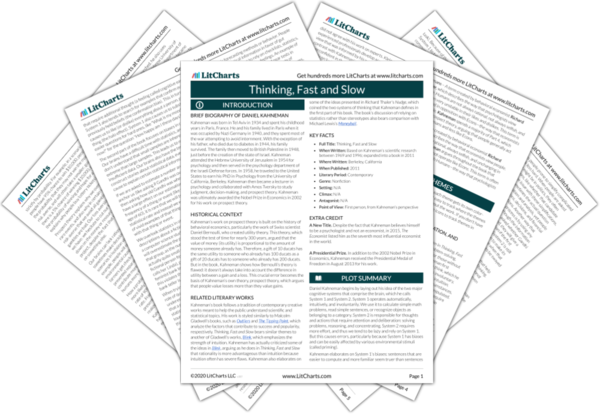As Kahneman illustrates here, these forms of overconfidence lead us to make unfair judgments on people. We believe, after something has happened, that that outcome appeared more obvious than it actually was. Thus, we judge people using knowledge that neither they nor we had, which leads to the cruel kind of feedback that Kahneman describes.
